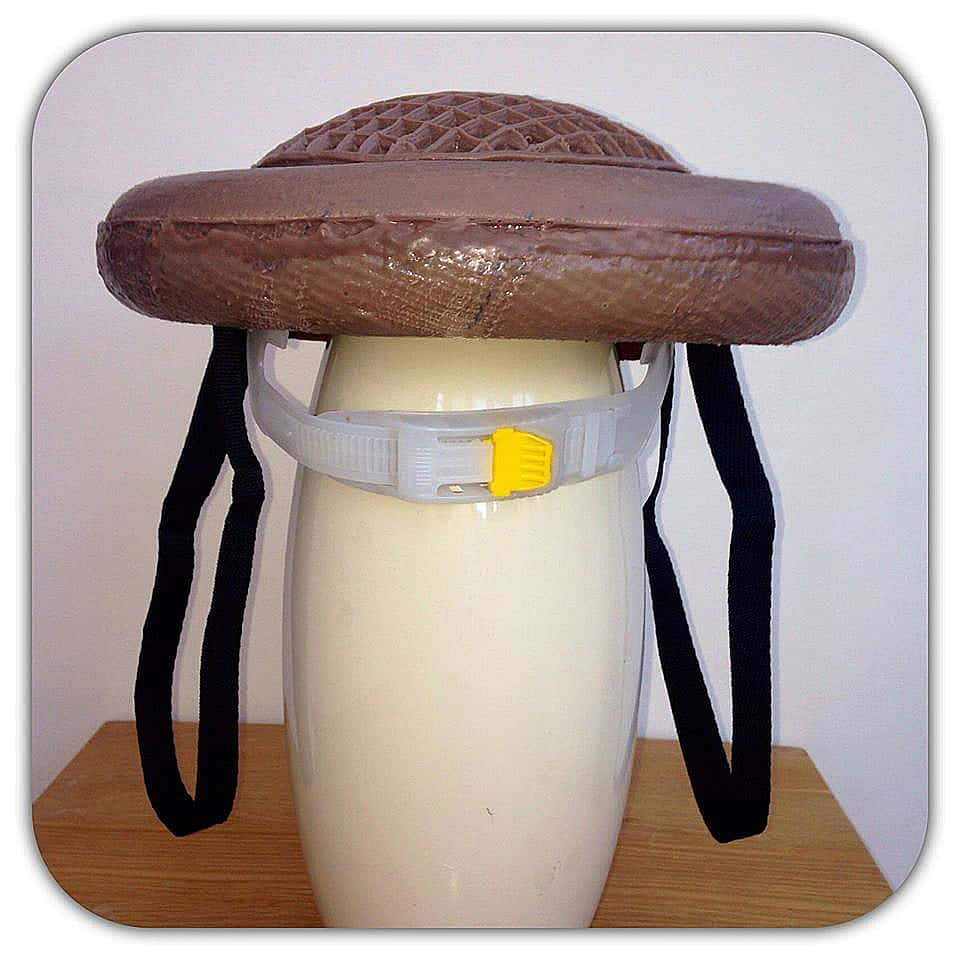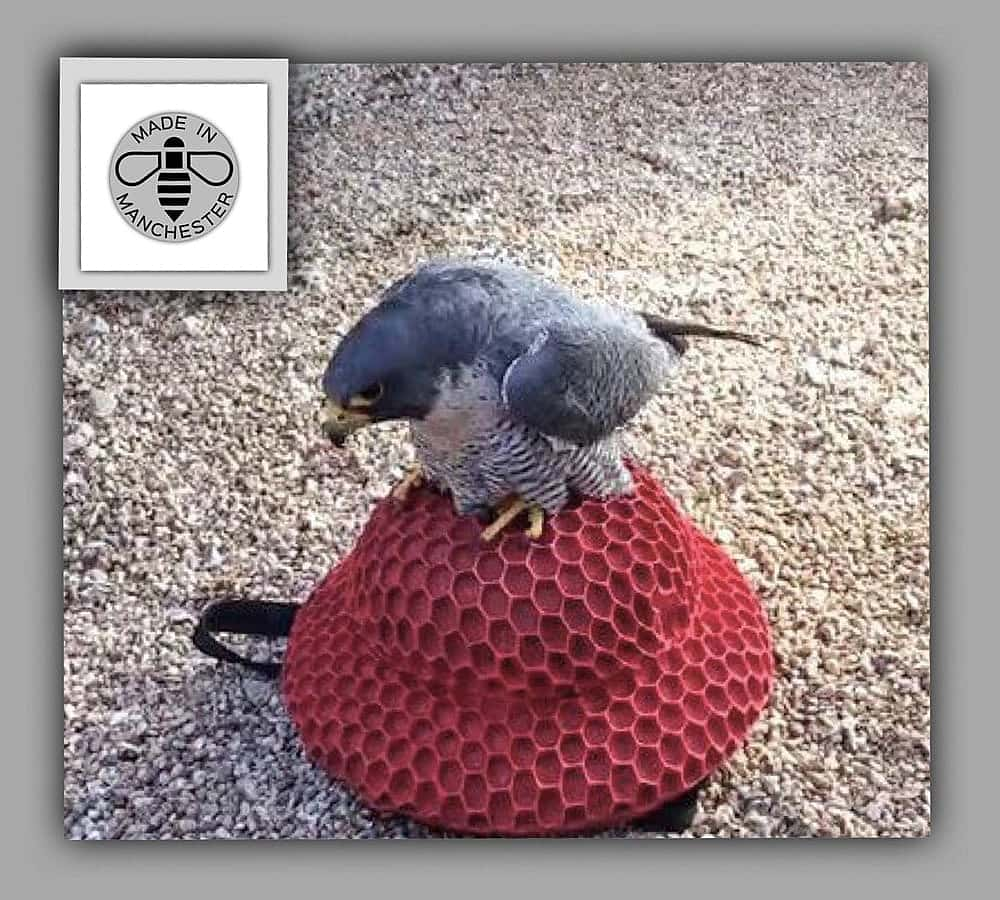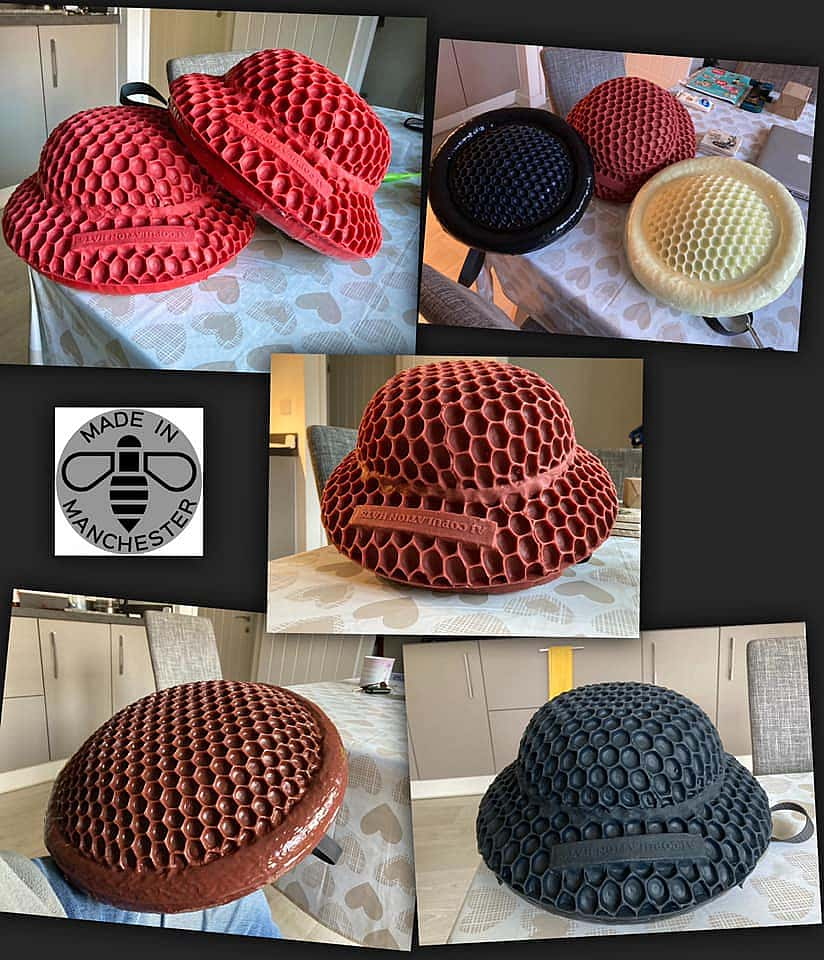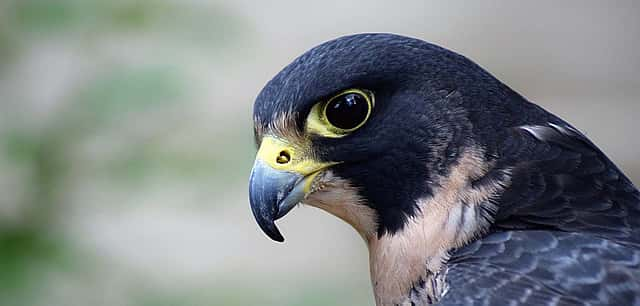
How Hats Helped Save the Peregrine Falcon
The peregrine falcon is one of the best-known birds in the world. Found on every continent except Antarctica, this species has won the hearts of not only falconers, but of millions of people with their incredible speed and agility in the air. In the 1960s falconers who kept a close eye on these falcons noticed that the birds in the wild suddenly started to become more and more difficult to find.
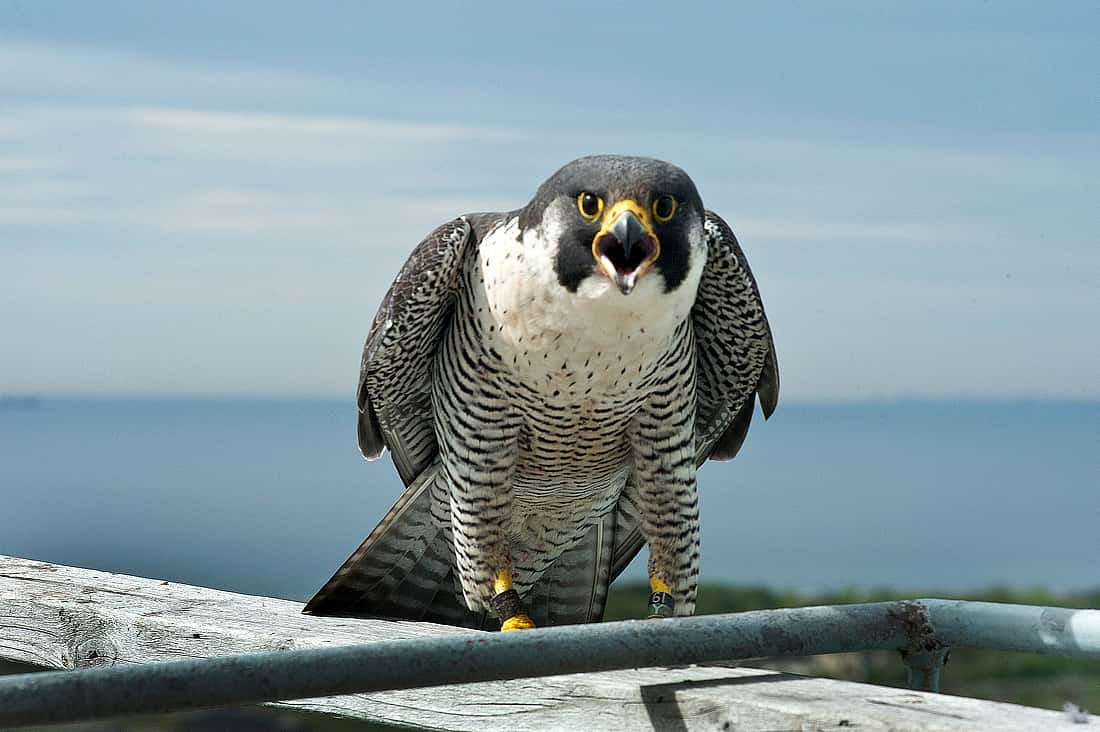
Eventually, the population of peregrine falcons in the U.S. dropped to 30 pairs. It didn’t take long to discover that the reason for the drop in numbers was a direct result of the use of DDT, a pesticide used to control mosquito populations after WWII. Although DDT didn’t kill the falcons, it did affect their production of calcium, making their egg shells so thin that they couldn’t support the weight of an incubating adult. Few to no peregrine falcon chicks were hatching in the wild. In 1972 the peregrine was put on the Endangered Species List (ESA).
Long story short, a captive breeding and reintroduction program for the species was started in North America. Thousands of captively bred peregrine falcon chicks were released into the wild at the end of the 20th Century. By 1999 their numbers had rebounded to the point that they were removed from the ESA.
How did this happen? Captive breeding of falcons had never really been attempted before and the majority of peregrines in captivity belonged to falconers and most were imprinted on humans (meaning they had been raised by people and bonded and associated with people rather than birds of their own species). How could a breeding program ever be successful under these circumstances? The simple answer – a hat.
This is where the story gets “weird” in most people’s eyes . . .
This special hat was used for the collection of semen for artificial insemination of female peregrines. For this method to work, a male peregrine must be fully imprinted and strongly bonded to its handler. This bond would result in the peregrine choosing his handler as its mate rather than a female of his own species. The bonded falcon is trained to copulate with a rubber hat, worn by his handler, which catches the semen when the falcon ejaculates.
The human “mate” will mimic some of the breeding behaviors of a female, such as making bobbing movements of the upper body and making noises which imitate the breeding call of the female. These human “mated” tiercels (male falcons) often produce enough semen to inseminate several females per day. One imprinted male, taken as a baby from the wild in 1971 by J. Enderson, fathered hundreds of young peregrines which were released in the U.S.
Today this method is still used by breeders and is especially useful in breeding hybrids for falconers. And, hey, if you want your own hat you can find them online in many different colors to suit you and your birds’ mood.
Check out the following video to observe a falcon copulating on the hat of its human mate.
Credits:
One style of Copulation Hat © courtesy of Ryan Williams
Peregrine on hat © courtesy of Ryan Williams
Different Style, Different Colors © courtesy of Ryan Williams
Written By
Anne Hay
Anne Hay has a Bachelor's degree in Elementary Education and a Master's in Computers in Education. She spent most of her working years teaching third grade at Livingston School in Cody, Wyoming. After retiring she began doing a variety of volunteer work for the Buffalo Bill Center of the West’s Draper Natural History Museum. Anne loves nature and has a concern for the environment. She believes that educating the public, so that they will have a better understanding and appreciation for the natural world, is very important. Because of this belief, volunteering at the Center is a perfect fit. She spends time in the Draper Lab, observing eagle nests for Dr. Charles Preston’s long-term research project on nesting golden eagles, writing observation reports of raptor sightings in the Bighorn Basin, and working with the Draper Museum Raptor Experience. Anne states that, “Having a bird on my glove, is one of my all time favorite things in life.”
